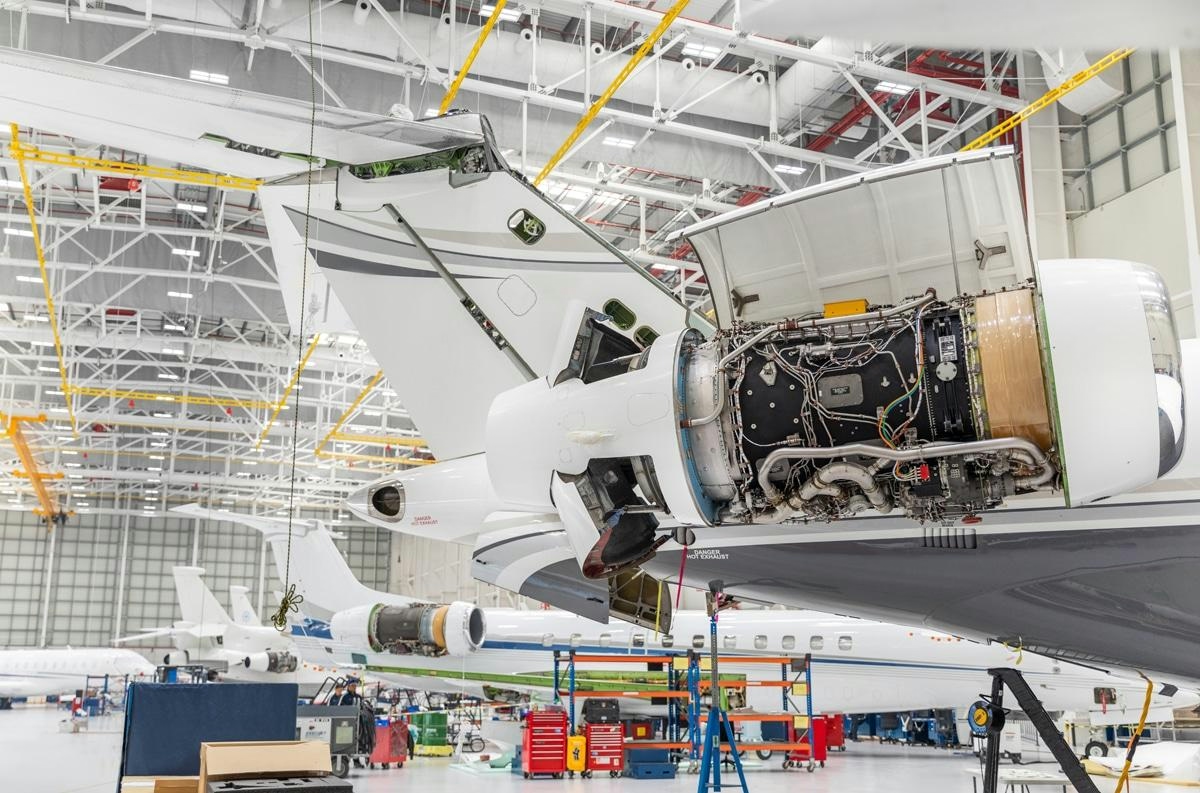
بريد إلكتروني أذكى، وأعمال أسرع. وسم وتحليل والرد تلقائيًا على طلبات العروض، وعروض الأسعار، والطلبات، والمزيد — فورًا.
الرائج الآن
Categories
Engine Shutdowns by Pilots Linked to Crashes in South Korea and India
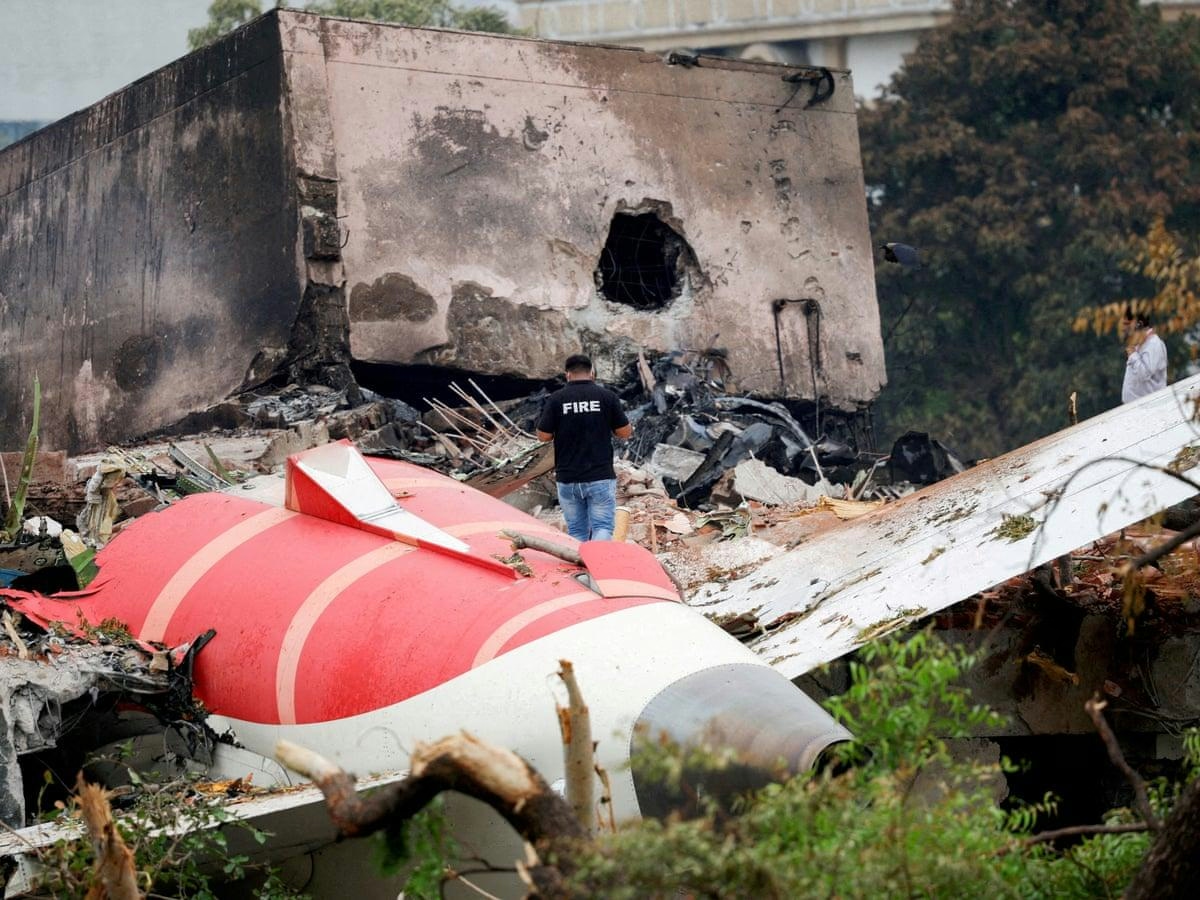
Engine Shutdowns by Pilots Linked to Deadly Crashes in South Korea and India
Recent investigations have identified manual engine shutdowns by pilots as the primary cause behind two of the deadliest air disasters of the past decade. The tragedies, involving Jeju Air in South Korea and Air India, resulted in a combined death toll of 420, raising urgent concerns about pilot error, training standards, and cockpit safety protocols.
The Jeju Air Crash: A Fatal Mistake
The Jeju Air disaster occurred in December when a Boeing 737-800 crashed and caught fire at Muan International Airport, claiming 179 lives. Investigators uncovered clear evidence that the pilots mistakenly shut down the wrong engine following a bird strike. Instead of disabling the more severely damaged engine, the crew cut power to the less-affected one, leaving the aircraft with only a single operational engine. This critical error forced an emergency landing, during which the plane collided with a concrete wall and erupted in flames.
The Air India Disaster: Intentional Shutdown Raises Questions
In June, an Air India flight crashed shortly after takeoff, resulting in 241 fatalities. The Aircraft Accident Investigation Bureau (AAIB) of India revealed that the pilot manually switched both guarded fuel controls to the “cut-off” position. Aviation experts have noted that such an action could only have been deliberate. Cockpit voice recordings captured the co-pilot’s panicked question regarding the shutdown, underscoring the confusion in the final moments before the crash.
Expert Analysis and Industry Implications
Former airline pilot and author Terry Tozer offered insight into the cockpit dynamics that may have contributed to these fatal decisions. He explained that the handling pilot, identified as the First Officer in both cases, would have been fully engaged with the controls, while the monitoring pilot had hands free. Tozer emphasized that there is no standard procedure or logical justification for shutting down both engines immediately after takeoff, describing such an action as a glaring error or potential sabotage.
Tozer further noted that engine switches are latched and require deliberate effort to operate, making accidental shutdowns highly unlikely. However, he acknowledged that one pilot could potentially shut down the engines without the other noticing, as the switches are positioned outside the natural line of sight.
Industry Response and Calls for Transparency
These revelations have intensified scrutiny of pilot training and emergency procedures within the aviation sector. Airlines are reassessing safety protocols, with competitors reinforcing crew training and emergency response measures to prevent similar incidents. The disasters have also prompted demands for greater transparency from investigative authorities, including the release of critical cockpit evidence to clarify the sequence of events.
As the aviation industry confronts the aftermath of these tragedies, the focus remains on minimizing pilot error and ensuring robust safeguards are in place to protect passengers during critical situations.

Drones Could Start Home Deliveries in Kigali by Next Year
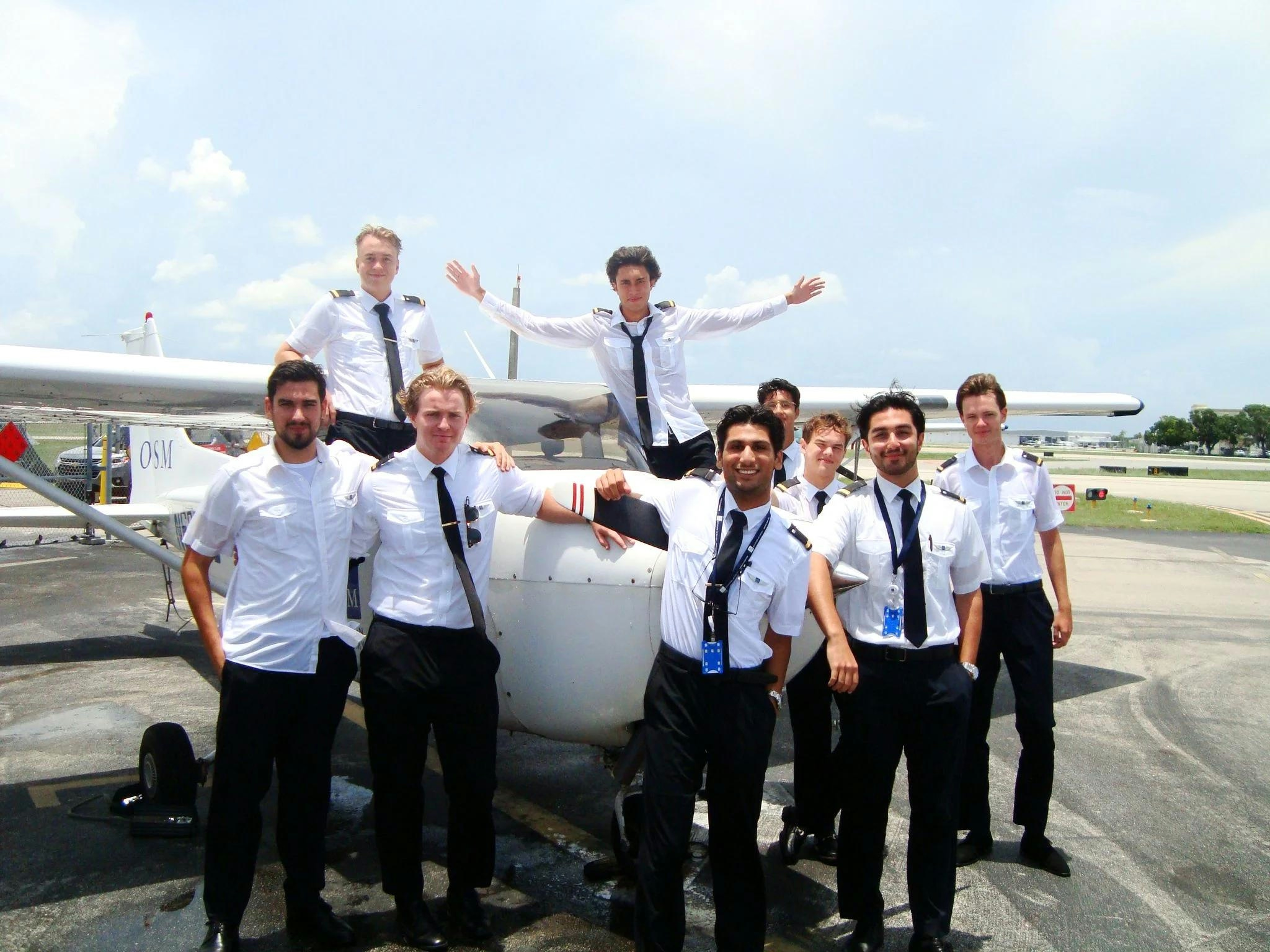
FlightLogger Expands North American Reach with OSM Aviation Academy Partnership

Putin Urges Russian Aerospace Sector to Develop Rocket Engines
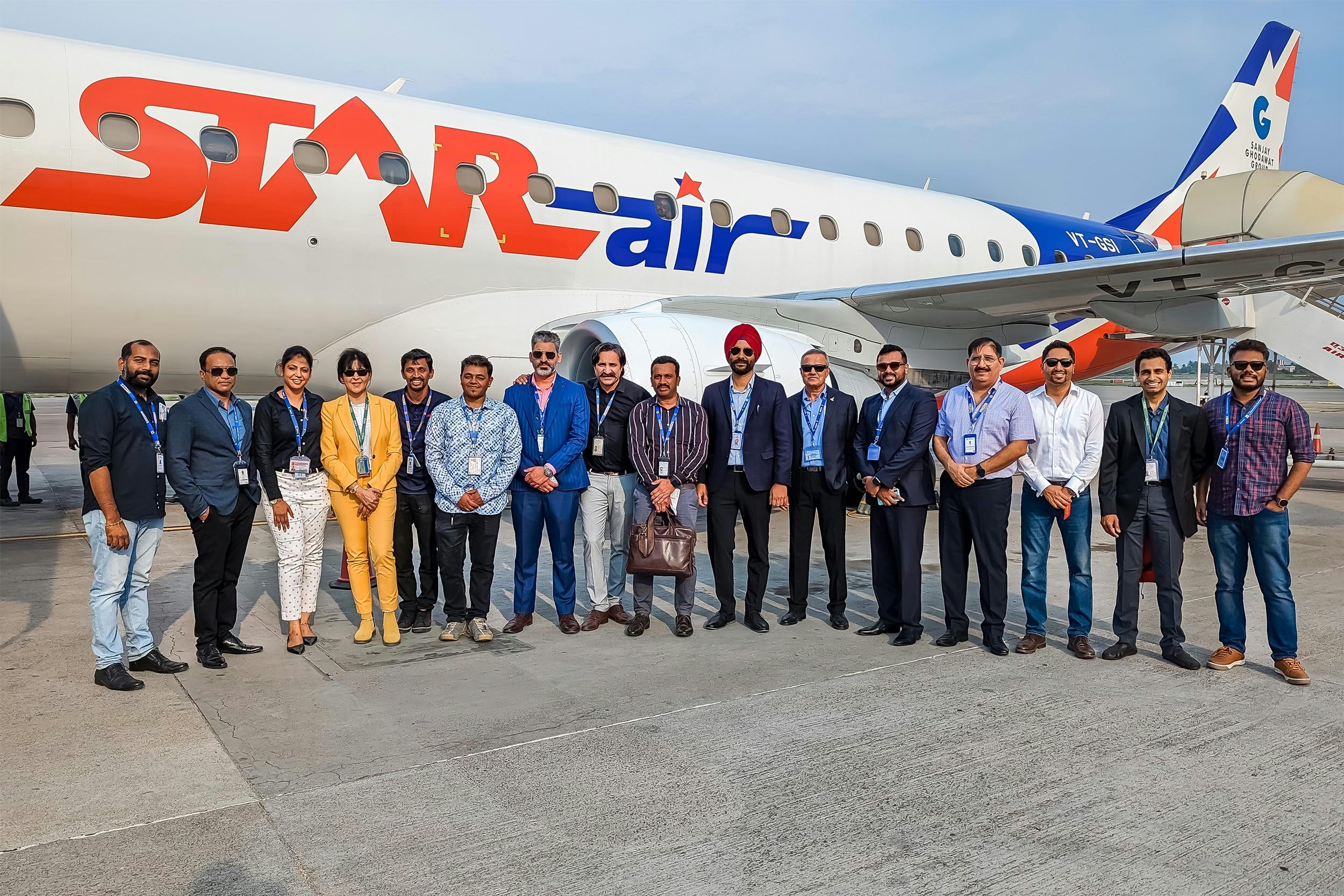
Star Air and HAL to Establish MRO Facility for Embraer Aircraft in India
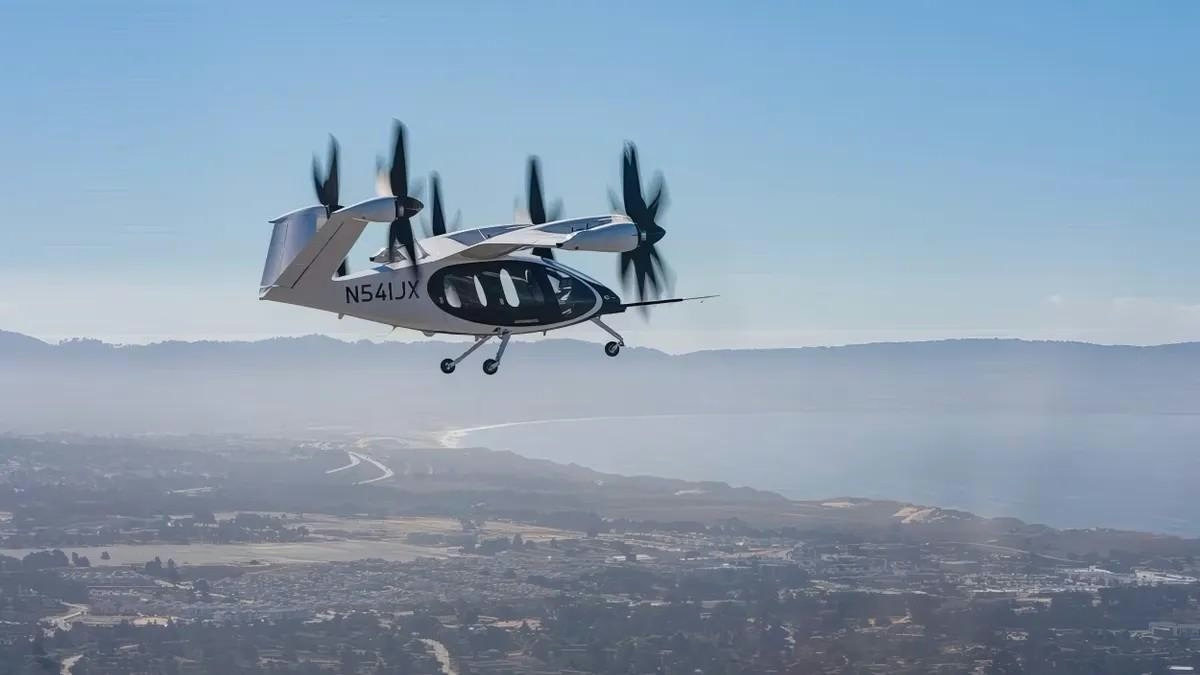
ANA and Joby Aviation Demonstrate eVTOL Flights at Expo 2025 Osaka
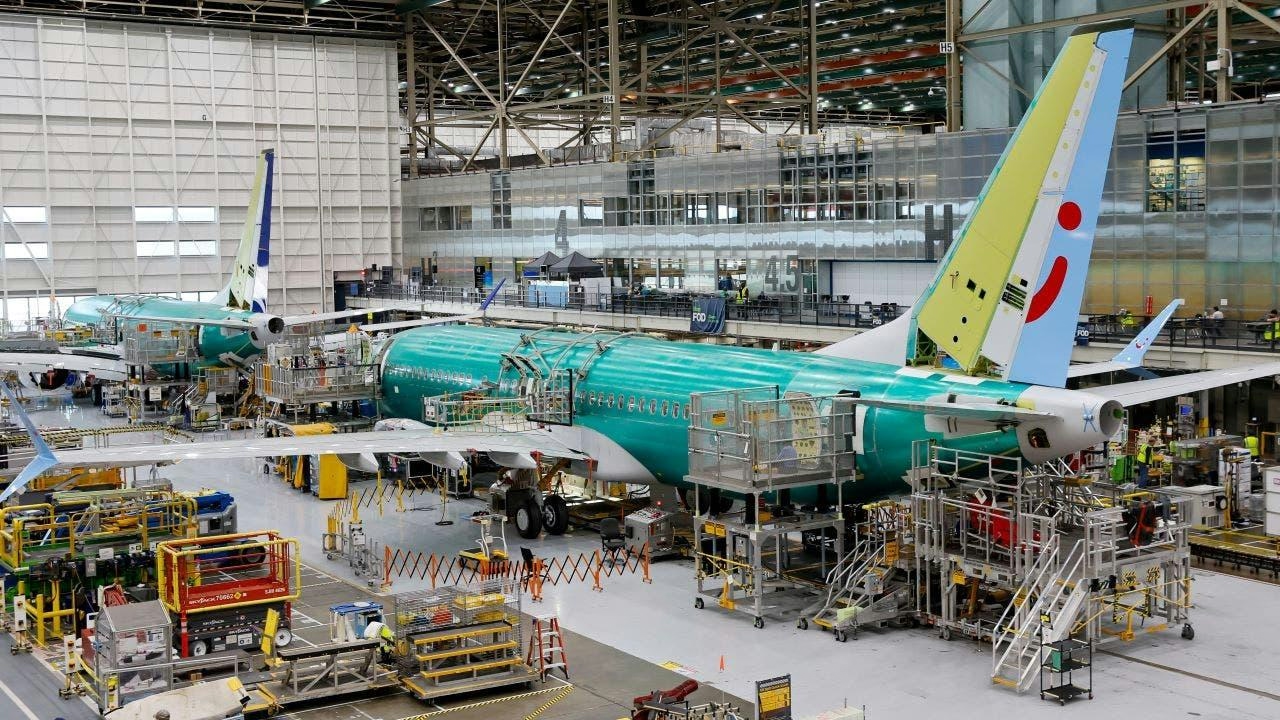
Airlines Confront Rising Labor Costs Amid Growing Use of AI
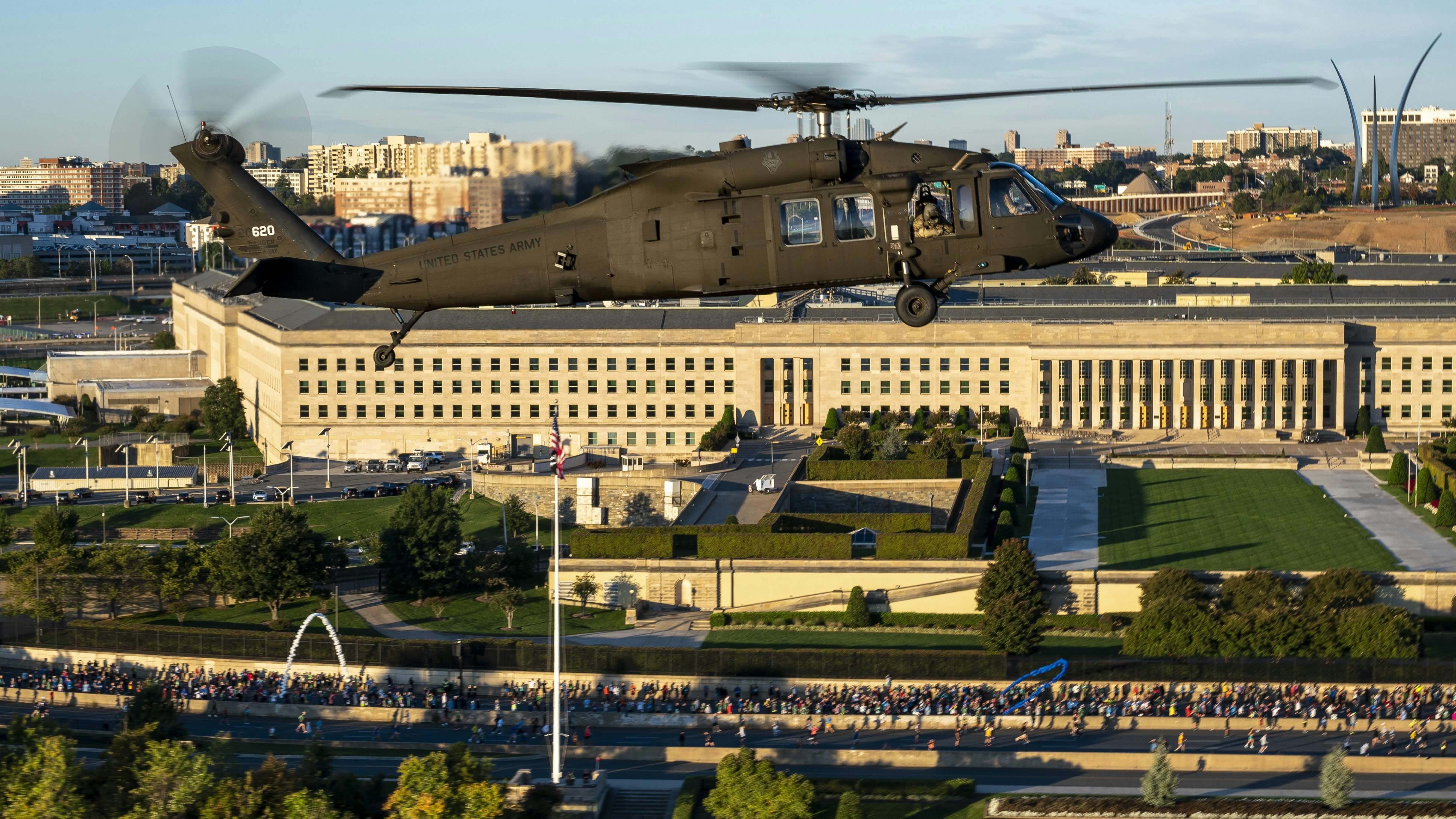
Congressional Mandates Shape Aviation Safety and Defense Technology

Duncan Aviation Updates GL-5000 System
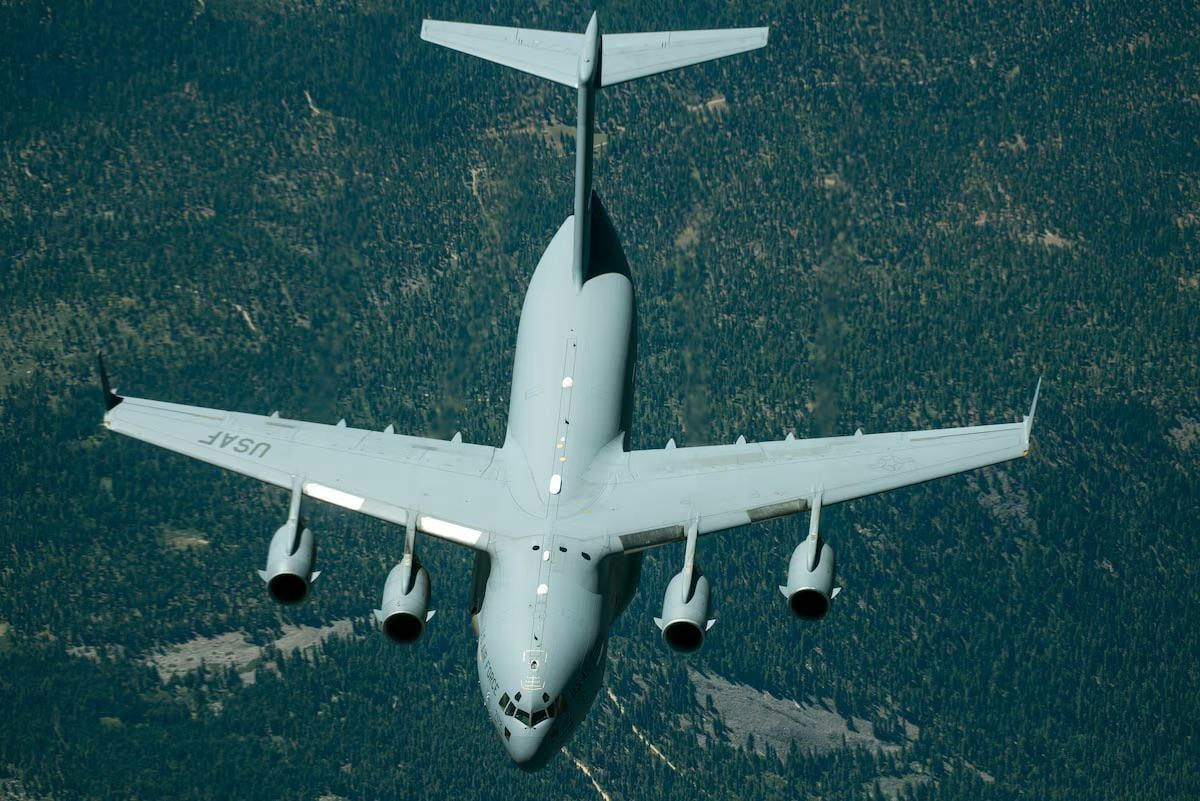
Why the C-17 Globemaster Was Designed with Four Engines
